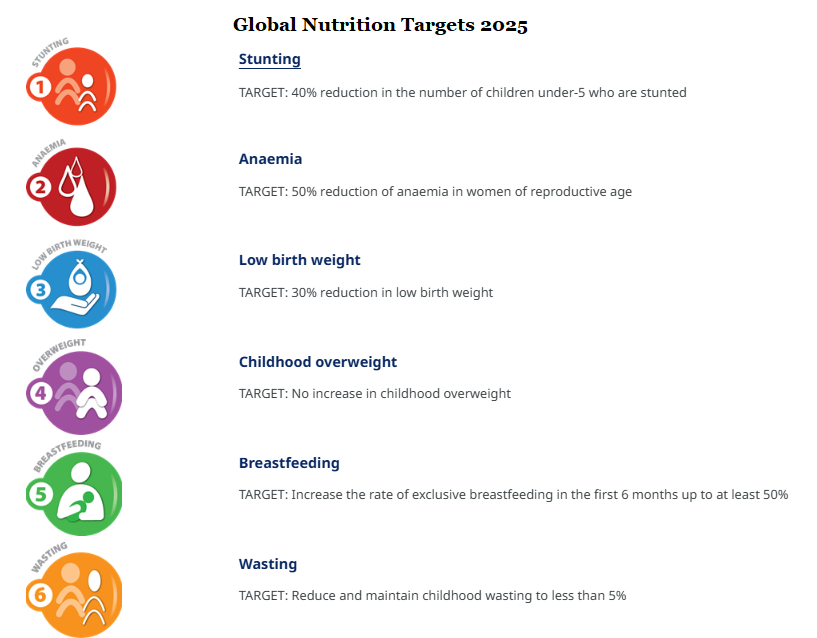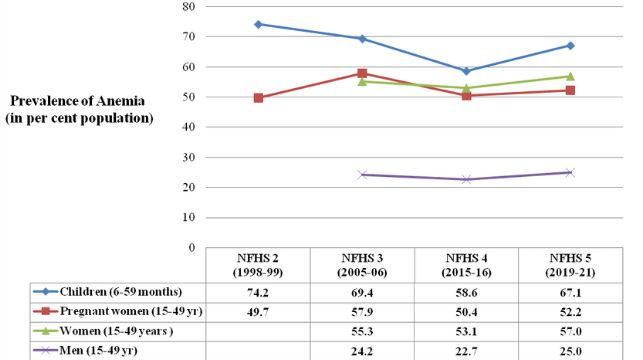7667766266
enquiry@shankarias.in
Recently , World Health Assembly released Global Nutrition Targets (GNTs) for 2025.


On average, children reach half their adult height in two years. If already stunted at two, it is difficult to un-stunt children by overfeeding in the hope of faster growth.
Energy intake is the driver of growth in the first two years and the most energy-dense food is oil.